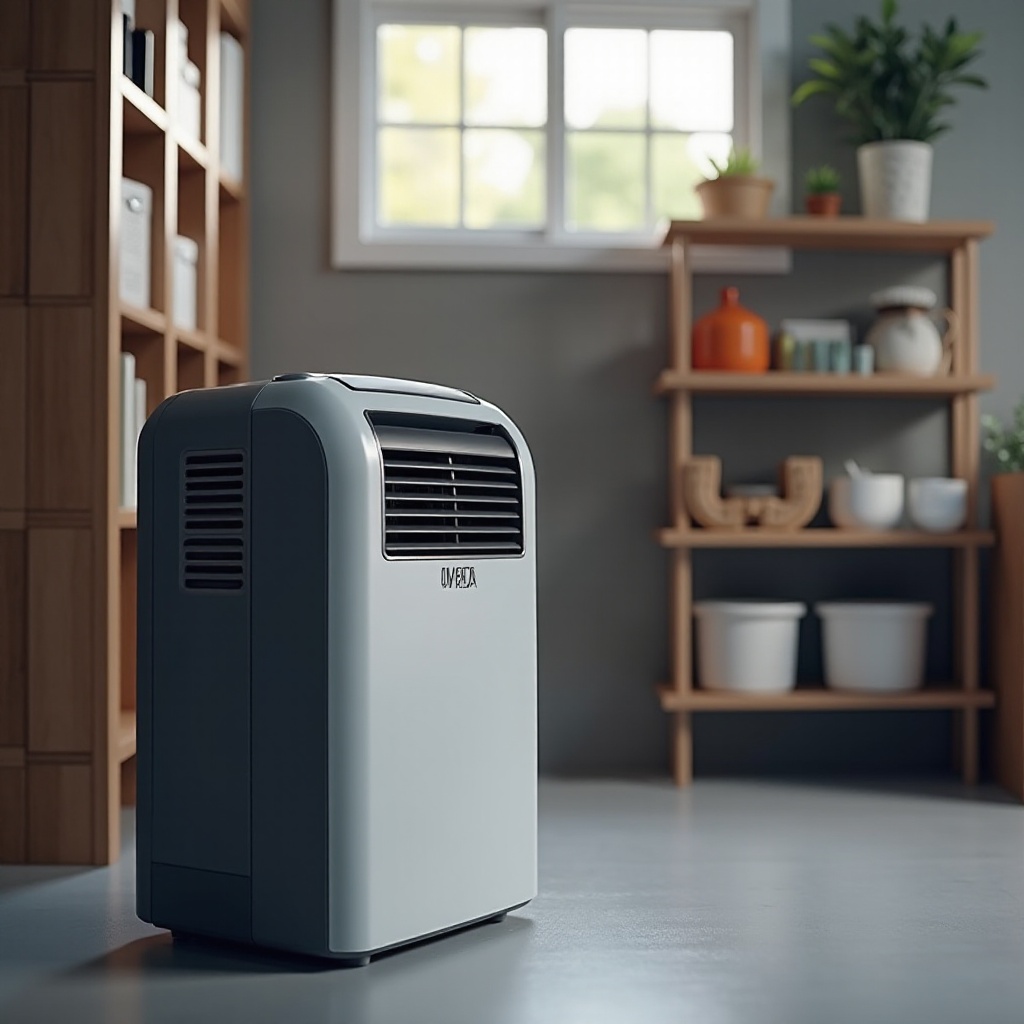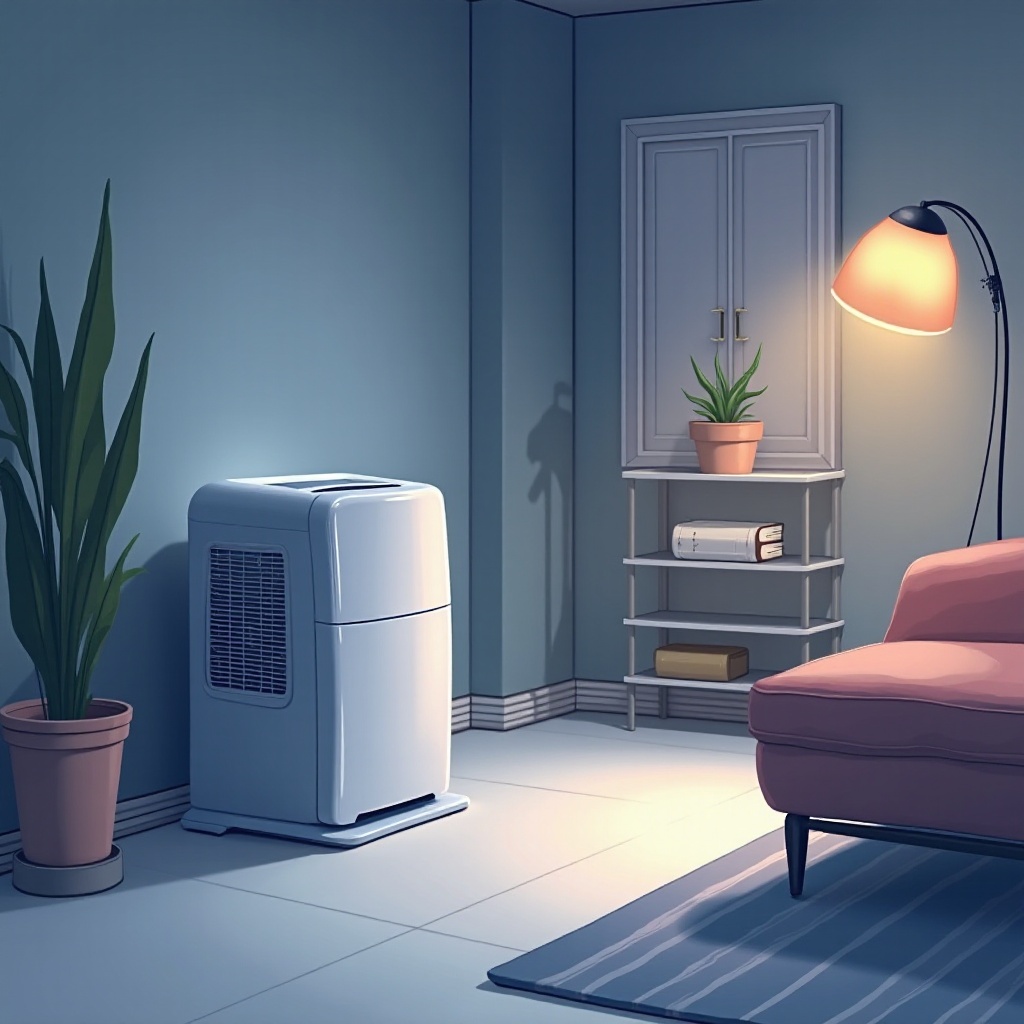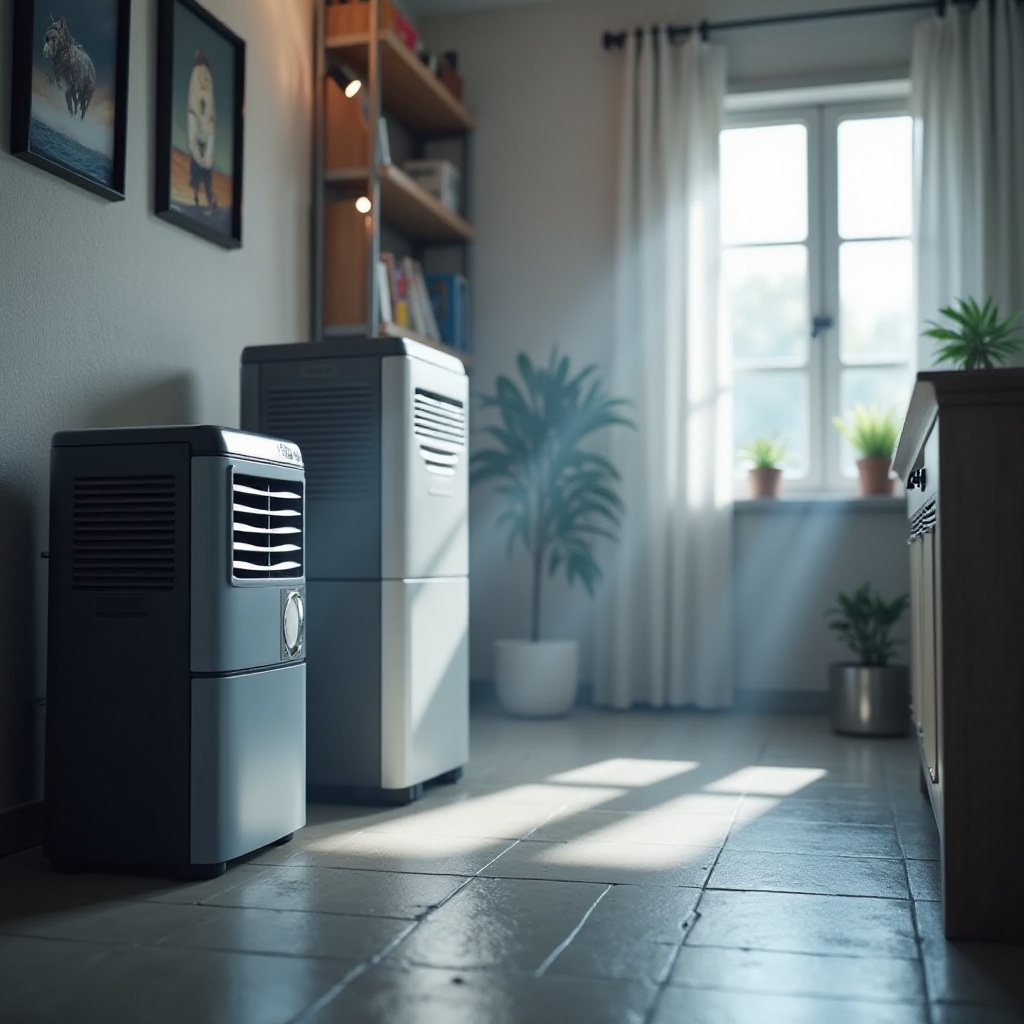Introduction
A dehumidifier with a pump is essential for maintaining a dry, healthy basement. Choosing the right one can help prevent mold growth and maintain structural integrity. This guide will help you identify the best dehumidifier for your basement needs by exploring key features, providing top recommendations, and giving practical installation and maintenance tips.

Why You Need a Dehumidifier with Pump for Your Basement
Basements are prone to moisture buildup, which can lead to various issues.
Preventing Mold and Mildew
Mold and mildew thrive in damp environments. Using a dehumidifier helps reduce the risk of mold spores growing and spreading throughout your home. This is key in safeguarding your family's health and the structural integrity of your house.
Protecting Your Property
Excess moisture can damage personal items, furniture, and even the foundation of your home. A dehumidifier with a pump ensures your basement remains dry, protecting your investments from costly damage.
Enhancing Comfort
A dry basement contributes to the overall comfort of your home. It helps eliminate odors associated with damp spaces, making the area more usable for storage, living spaces, or hobbies.
Having established the importance of a dehumidifier with a pump, it's crucial to understand the features to look for when choosing one.

Key Features to Consider When Choosing a Dehumidifier with Pump
Selecting the right dehumidifier involves understanding the features that make a significant difference in performance and convenience.
Capacity and Coverage Area
The capacity of a dehumidifier is measured in pints per day (PPD). Choose a model that matches the size of your basement. For larger basements, a higher capacity unit is more effective in managing moisture levels.
Draining Options: Gravity vs. Pump
Dehumidifiers offer gravity drains or built-in pumps. A unit with a built-in pump can expel water vertically, making it easier to direct water to a sink or out of a window, even from a basement.
Energy Efficiency and Noise Level
Look for energy-efficient models with the ENERGY STAR® label. These units save on energy bills and reduce environmental impact. Additionally, check noise levels. Most dehumidifiers produce some noise, but quieter models are less disruptive.
Armed with this knowledge, here are our top picks for dehumidifiers with pumps for basements.
Top 5 Best Dehumidifiers with Pump for Basements
Here are our top picks, each evaluated based on performance, features, and user satisfaction.
Model 1: Features, Pros, and Cons
- Features: High capacity, built-in pump, digital controls
- Pros: Efficient, user-friendly, low noise
- Cons: Slightly higher in price
Model 2: Features, Pros, and Cons
- Features: Mid-range capacity, automatic shut-off, continuous drain option
- Pros: Affordable, reliable, easy installation
- Cons: Limited coverage area
Model 3: Features, Pros, and Cons
- Features: Large capacity, programmable timer, filter indicator
- Pros: Powerful, energy-efficient, durable
- Cons: Bulky design
Model 4: Features, Pros, and Cons
- Features: Compact design, smart features, quiet operation
- Pros: Compact, modern design, very quiet
- Cons: Lower capacity
Model 5: Features, Pros, and Cons
- Features: High extraction rate, multiple drainage options, remote control
- Pros: Versatile, high performing, convenient use
- Cons: Pricier than similar models
Knowing which dehumidifiers are best is just the first step. It's also important to know how to install and maintain these units to ensure they work optimally.

How to Install and Maintain Your Basement Dehumidifier
Proper setup and maintenance ensure your dehumidifier runs efficiently and lasts longer.
Proper Setup Instructions
- Choose a Location: Position the dehumidifier centrally for even coverage. Ensure the pump drain hose has a direct path to the drainage point.
- Plug In Safely: Use an appropriate outlet to avoid electrical hazards.
- Set Up the Pump: Ensure the pump function is connected for continuous drainage. Follow manufacturer instructions for hose setup.
Routine Maintenance Tips
- Clean the Filter: Wash or replace the air filter regularly to maintain airflow and efficiency.
- Wipe Down the Unit: Clean the exterior and interior periodically, especially around the air intakes and outlets.
- Inspect Hoses: Check for clogs or leaks in the drainage hose to ensure smooth operation.
Troubleshooting Common Issues
- Inefficient Operation: Check if the filter is clean. Ensure the dehumidifier is upright and not obstructed.
- Water Leakage: Confirm hose connections are tight and unclogged.
Conclusion
Choosing the best dehumidifier with a pump for your basement involves understanding your space's needs and the features that matter. The right unit will keep your basement dry, protecting your property and enhancing your home's comfort.
Frequently Asked Questions
What is the benefit of having a pump in a dehumidifier?
A pump allows for continuous drainage, which means you don’t have to manually empty the water tank. This is particularly useful for basements where gravity drainage isn’t an option.
How often should I maintain my dehumidifier?
Routine maintenance such as cleaning the filter should be done every few weeks. Deep cleaning and inspecting hoses and components should happen every few months.
Can a dehumidifier with a pump be used in other areas of the home?
Yes, a dehumidifier with a pump can be used in areas beyond the basement, such as bathrooms, laundry rooms, or any space prone to excess moisture.
